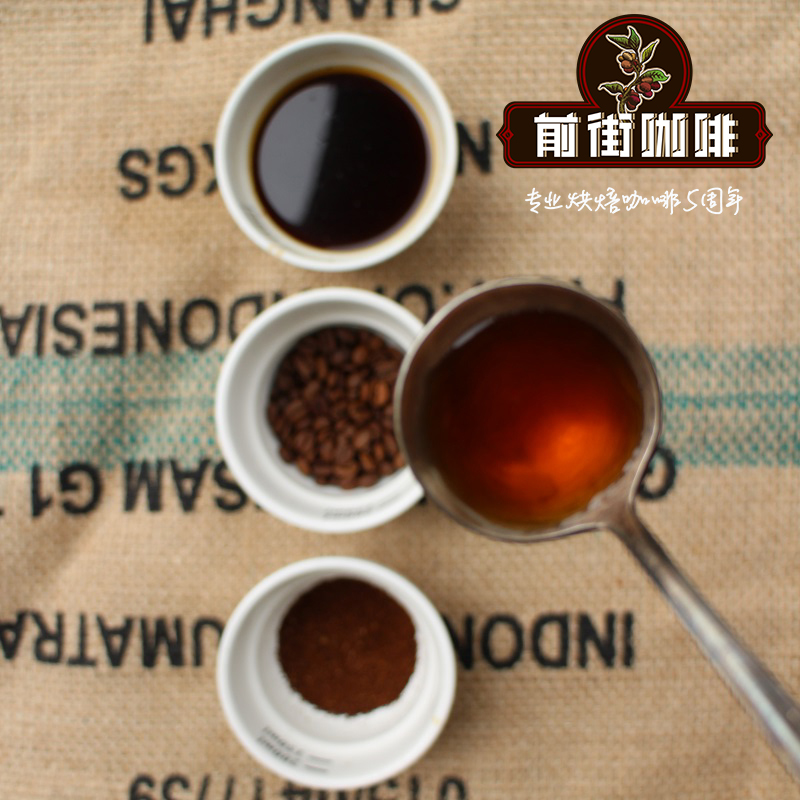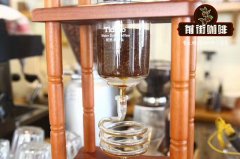Zambia AA-Kasama Region Road Perak Lupili Estate-Derived Bourbon Species Flavor?

Professional coffee knowledge exchange more coffee bean information please follow the coffee workshop (Wechat official account cafe_style)
Zambian AA-Kasama area Road Thunderbolt Lupili Manor-derived bourbon flavor?
Slightly lighter than Kenyan coffee, suitable for drinking in the afternoon. Coffee was introduced to Zambia (Zambin) from Kenya and Tanzania in the early 20th century and now it also produces giant coffee beans and bean-shaped berry coffee beans. High-quality Zambian coffee is getting better and better. Although the taste is slightly light, the flavor is similar to that of Kenyan coffee, and the price is exactly the same. Zambian coffee is mainly grown in the northern Kasama region and in the Nakonde and Isoka areas near the capital Lusaka.
Due to political instability and rampant diseases and insect pests, the coffee industry in Tanzania has been damaged, resulting in a decline in the overall level of coffee and instability in quality, which in turn lead to lower prices, which is usually the result of a further decline in the coffee industry. What's more, it is estimated that more than 12% of the Arabica coffee grown in northern Tanzania from 1969 to 1985 was smuggled into Kenya. Recently, however, the country's coffee industry has shown signs of improving. Although the process of improvement is slow, it is still encouraging because, after all, the quality of coffee in Tanzania is excellent.
In the past, the coffee industry in Tanzania has been dominated by manor cultivation, but now more than 85% are grown by small farmers. Many small farmers are combined into cooperative organizations, the most important of which is the Kilimanjaro Cooperative Alliance (Kilimanjaro Cooperative Union, referred to as KNCU). Tanzanian coffee is sold by the Tanzanian Coffee Management Council (Tanzanian Coffee Marketing Board, TCMB) to private exporters by auction. In the 1980s, most coffee sales in Tanzania changed from auctions to being sold directly to the Coffee Management Committee of Tanzania, and the coffee industry is being reformed to allow individuals or groups to buy coffee in the future. at that time, coffee will have to be graded in different ways in order to attract buyers from Germany, Finland, Belgium and Japan.
Coffee producing areas: Zambia / North Island / Kasama area
Name of the manor: Lu Thunderbolt (actually Lupili)
Quality grading: above AA Plus/18
Coffee varieties: derived bourbon species from Tanzania and Kenya
Planting altitude: 1400mi / 1500m / ferrous soil
Raw bean treatment: washing method
Harvest season: from June to September every year
The territory of Zambia is a little strange, and the northern continent happens to protrude a large piece, which happens to be on the right left of Malawi and the lower left of Tanzania, and the latitude is quite suitable for growing coffee. In about the 1950s, coffee bean varieties were introduced from Kenya and Tanzania to breed, so the flavor was quite similar to Kenyan beans, but because of its special iron-rich soil, it created its special flavor. When baked in City+, the taste is slightly cherry and chocolate, with a slightly irritating tongue and high complexity.
[V60 hand flush]
Filter cup: Hario V60
Water temperature: 90 degrees
Degree of grinding: small Fuji 3.5
Cooking methods: the ratio of water to powder is 1:15, 15g powder, the first injection of 25g water, 25 s steaming, the second injection to 120g water cut off, waiting for the powder bed water to half and then water injection, slow water injection until 225g water, extraction time about 2:00
Important Notice :
前街咖啡 FrontStreet Coffee has moved to new addredd:
FrontStreet Coffee Address: 315,Donghua East Road,GuangZhou
Tel:020 38364473
- Prev

What is the planting history and flavor of the legendary low-caffeinated bourbon species in Reunion / Bourbon?
Professional coffee knowledge exchange more coffee bean information please follow the coffee workshop (Wechat official account cafe_style) Reunion Island / Bourbon legendary low-caffeine sharp bourbon species planting history and flavor? These ordinary words fell into the eyes of coffee players, saying that more than a decade ago, two legendary varieties of coffee appeared and shook up the whole coffee world. One was Ge.
- Next

Flavor description of light-roasted coffee beans in Uraga, Ethiopia. Is deep-baked Essel coffee beans delicious?
Professional coffee knowledge exchange more coffee bean information please follow the coffee workshop (Wechat official account cafe_style) Ethiopian Coffee-Gujiwulaga Sun Ethiopia Fuji Uraga Natural front with unrestrained berry flavor, middle with rich cocoa hazelnut sweet ending with banana dry aroma thiopia Natural Uraga Tome-Tadesse Edema
Related
- Detailed explanation of Jadeite planting Land in Panamanian Jadeite Manor introduction to the grading system of Jadeite competitive bidding, Red bid, Green bid and Rose Summer
- Story of Coffee planting in Brenka region of Costa Rica Stonehenge Manor anaerobic heavy honey treatment of flavor mouth
- What's on the barrel of Blue Mountain Coffee beans?
- Can American coffee also pull flowers? How to use hot American style to pull out a good-looking pattern?
- Can you make a cold extract with coffee beans? What is the right proportion for cold-extracted coffee formula?
- Indonesian PWN Gold Mandrine Coffee Origin Features Flavor How to Chong? Mandolin coffee is American.
- A brief introduction to the flavor characteristics of Brazilian yellow bourbon coffee beans
- What is the effect of different water quality on the flavor of cold-extracted coffee? What kind of water is best for brewing coffee?
- Why do you think of Rose Summer whenever you mention Panamanian coffee?
- Introduction to the characteristics of authentic blue mountain coffee bean producing areas? What is the CIB Coffee Authority in Jamaica?

